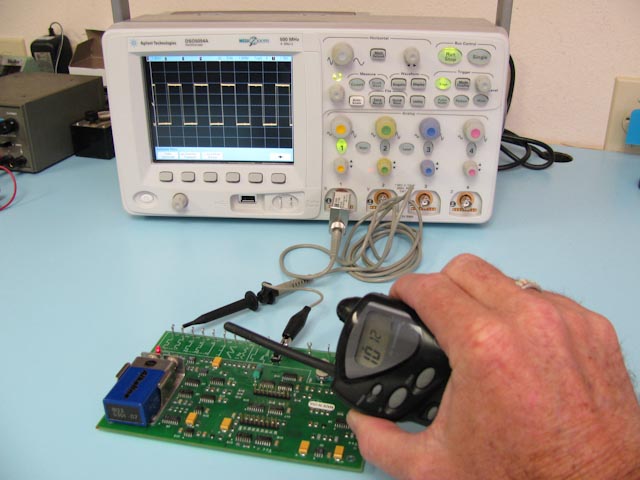close field probe
Keeping the Airwaves Clean With Powerful Tools and Diligent Work
In the field of electromagnetic compatibility, a variety of specialized tools allow researchers to measure and monitor electromagnetic radiation. Without these capabilities, many of the conveniences that we take for granted today would be impossible, as our airwaves would be so crowded with noise and interference that everything from simple over-the-air television to cellular phone connections would be impossible.
EMC scientists, then, play an important role in keeping these airwaves free and clear for all of the valuable traffic that goes out upon them. They do this by studying particular devices and pieces of equipment to ensure that these do not incidentally generate radiation that might interfere with intentional communications and other uses of the public airwaves.
For example, an EMC engineer might make use of a highly capable device known as a log periodic antenna. One of the most common and widely deployed of all emc probes, these devices are capable of tuning in and receiving signals from across a wide range of frequencies at once.

They do so by including elements of precisely designed dimensions, each of which takes on the responsibility of handling a different part of the spectrum to be focused on. Each of those elements naturally resonates at a particular frequency, most easily picking up signals at that part of the spectrum and those directly surrounding it.
Many people have probably seen or remember seeing antennas of this basic design. Although less than common today, they were once regularly positioned atop homes and other buildings to pull in television signals from far away. With distinctive, narrowing shapes that accommodated elements of a number of different lengths, they were just as suited to that purpose as they are to the study of electromagnetic compatibility today.
These tools are only some of those that scientists in this field rely upon. In fact, they have many more specialized ones that allow them to focus in on particular frequencies more closely, so they can develop richer pictures of the interference they are studying. Thanks to their efforts and the tools they have access to, the world's airwaves are in many ways cleaner and utilized more efficiently than ever before.